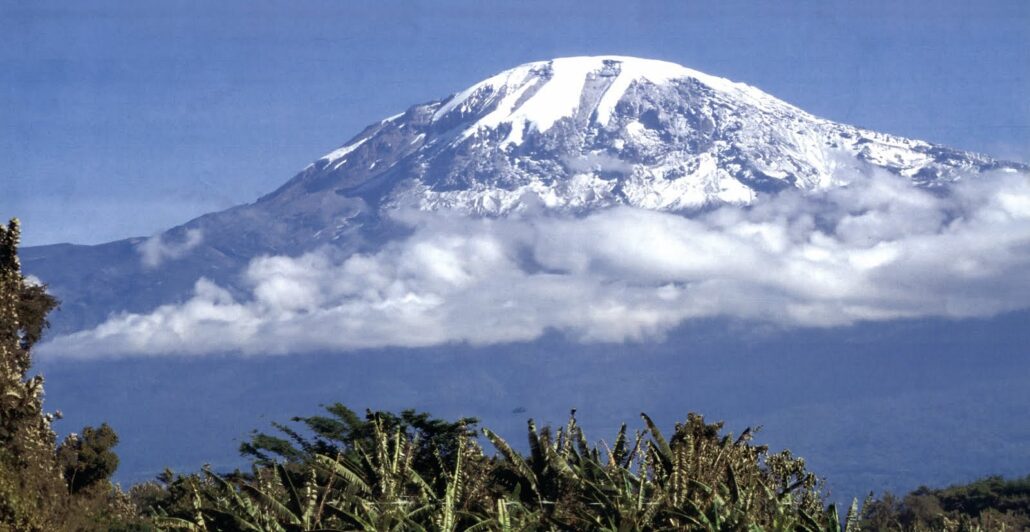Mind Blowing Facts about Mount Kilimanjaro
Facts About Mount Kilimanjaro: Towering as Africa’s highest peak, Mount Kilimanjaro stands as a majestic wonder of nature. As a part of the renowned Seven Summits, it holds a distinguished place among the world’s tallest mountains, claiming the title as the tallest in Africa. Its summit, known as Uhuru Peak, serves as an icon, drawing adventurers from across the globe to test their capabilities against its steep slopes. Kilimanjaro, with its breathtaking views and awe-inspiring beauty, continues to inspire all who dare to venture to its summit. 
Highlights
- History, Geography, and Ecology
- Success Rate of Mount Kilimanjaro
- Uhuru peak the Highest peak of Mountain Kilmanajro
- Kilmanjaro is among the 7 summits
- Routes of Mount Kilimanjaro
- Glaciers
- Zones of Mount Kilimanjaro (Climate on Mount Kilimanjaro
- 3 Cones of Mountain Kilimanjaro
- First Summit
- Oxygen and Altitude
- Barranco Wall of Mount Kilimanjaro
- Who can hike mountain Kilimanjaro?
Detailed Guide To Facts About Mount Kilimanjaro
- History, Geography, and Ecology. Mount Kilimanjaro boasts a rich history and derives its name from the Swahili words “Kilima” and “Njaro,” signifying greatness and majesty. Nestled in Tanzania, East Africa, near the Kenyan border, Kilimanjaro dominates the landscape with its three distinct volcanic cones: Kibo, Mawenzi, and Shira. Among these, Kibo reigns supreme, housing the iconic Uhuru Peak, soaring to an impressive altitude of 5,895 meters (19,341 feet) above sea level. Ecologically, Kilimanjaro showcases a diverse range of habitats across its slopes, from lush rainforests to barren alpine deserts and glaciers, making it a sanctuary of biodiversity and natural wonder.
- Success Rate of Mount Kilimanjaro The likelihood of climbers reaching the summit varies due to factors such as the chosen route, climbers’ experience and fitness level, and weather conditions. On average, the success rate for reaching Uhuru Peak falls between 65% to 75%, highlighting the challenge and allure of this iconic mountain.
- Uhuru Peak: The Highest Point of Mount Kilimanjaro Towering at 5,895 meters (19,341 feet) above sea level, Uhuru Peak beckons adventurers worldwide to conquer its formidable heights. Despite its elevation, reaching Uhuru Peak does not require technical climbing skills, making it accessible to determined trekkers with proper preparation and guidance.
- Kilimanjaro Among the Seven Summits As part of the Seven Summits, Kilimanjaro holds a special place as the tallest mountain in Africa. Climbing it is a dream for many adventurers, symbolizing the conquest of one of the world’s most famous peaks.
- Routes of Mount Kilimanjaro Mount Kilimanjaro offers various routes, each with unique characteristics and challenges. From the Marangu Route, known as the “Coca-Cola Route,” to the challenging Umbwe Route, climbers can choose a path that suits their preferences and skill levels.
- Glaciers Despite its equatorial location, Kilimanjaro boasts several glaciers, although their size has dwindled due to climate change. These glaciers not only enhance the mountain’s beauty but also serve as crucial freshwater reservoirs for surrounding ecosystems.
- The Three Cones of Mount Kilimanjaro Mount Kilimanjaro comprises three volcanic cones: Kibo, Mawenzi, and Shira. Each cone offers unique experiences for climbers, from reaching Uhuru Peak on Kibo to tackling the challenging routes on Mawenzi.
- First Summit In 1889, Hans Meyer and Ludwig Purtscheller completed the first recorded ascent of Mount Kilimanjaro, marking a historic milestone in mountaineering history. Since then, Kilimanjaro has captured the imagination of adventurers worldwide.
- Oxygen and Altitude As climbers ascend Kilimanjaro, proper acclimatization and hydration are essential to minimize altitude-related issues. Despite its high elevation, Kilimanjaro remains accessible to determined trekkers with the right preparation.
- Zones of Mount Kilimanjaro (Climate on Mount Kilimanjaro) Mount Kilimanjaro boasts diverse ecological zones, from the Cultivation Zone at its base to the Arctic Zone at its summit. Each zone offers unique climate and vegetation, creating a breathtaking tapestry of natural beauty.
- Barranco Wall of Mount Kilimanjaro the Barranco Wall, a famous section of the Machame Route, provides climbers with an exciting scramble up steep terrain. Despite its challenges, climbers find the Barranco Wall to be a memorable and rewarding part of their journey.
- Who Can Hike Mount Kilimanjaro? Mount Kilimanjaro welcomes climbers of all ages, offering a challenging yet achievable adventure for everyone. With determination and proper preparation, climbers young and old can conquer Africa’s highest peak and create lasting memories.
- In conclusion, Mount Kilimanjaro stands as a symbol of human resilience and the spirit of adventure. With its diverse landscapes and storied history, Kilimanjaro continues to inspire adventurers worldwide, offering a journey of discovery and personal growth for all who dare to conquer its heights.